Understanding Your Audience
Site: https://www.forbes.com/
Table of Contents
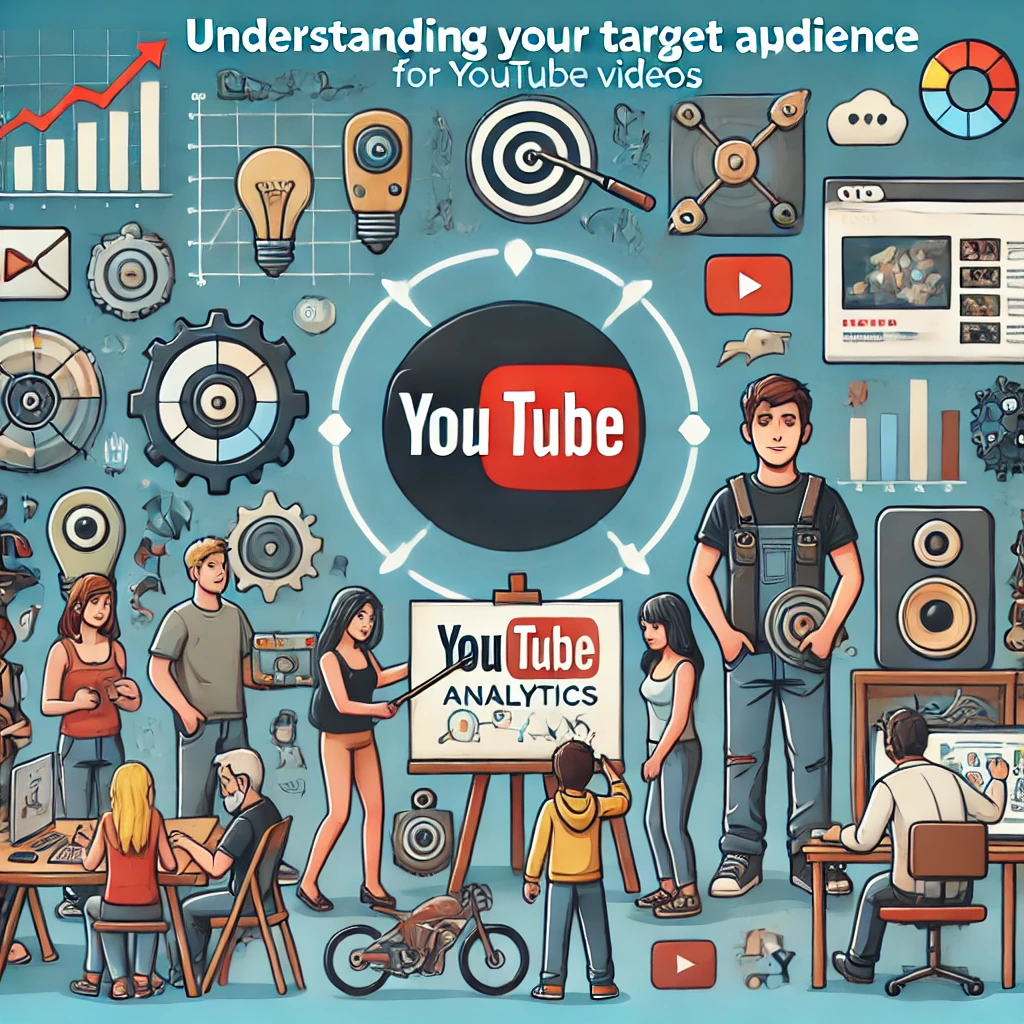
Crafting Engaging YouTube Videos: A Comprehensive Guide
Creating engaging YouTube videos is an art and a science. It involves understanding your audience, thoroughly researching your topic, and meticulously planning your content. This guide will delve into these aspects and more, providing detailed strategies to help you produce high-quality YouTube videos that resonate with viewers and build a loyal following.
Understand Your Target Audience
Knowing your audience is the cornerstone of creating engaging YouTube videos. Imagine trying to recommend an event to your best friend without knowing their preferences. You wouldn’t suggest a heavy metal concert to someone who loves classical music, right? The same principle applies to your YouTube audience.
Identifying Your Audience
Start by identifying who your target audience is. Are they teenagers who are passionate about gaming? Or perhaps adults who are interested in DIY home projects? Knowing this can help you tailor your content to their interests and preferences.
Utilizing YouTube Analytics
YouTube Analytics is a powerful tool that provides insights into your viewers’ demographics, including their age, gender, and location. This data can help you understand who is watching your videos and tailor your content accordingly. For instance, if your audience is primarily teenagers, you might focus on trendy topics and use a more casual tone. Conversely, if your audience is older adults, you might focus on more in-depth content and use a more formal tone.
Understanding Audience Interests and Challenges
Beyond demographics, it’s crucial to understand your audience’s challenges, interests, and values. This understanding will help you create content that resonates with them. For example, if you’re targeting busy parents, you might create quick and easy meal prep videos. These videos would address their need for time-saving solutions and provide practical value, increasing the likelihood of viewer engagement and loyalty.
Engaging Content Creation
Creating engaging YouTube videos isn’t just about what you want to create; it’s about what your audience will find valuable. When you focus on providing value, you build a strong, engaged community around your channel. Engage with your audience by asking for their feedback, responding to comments, and creating content based on their suggestions.
Research Your Topic Thoroughly
Before you hit the record button, thorough research on your topic is essential. Knowing your topic inside and out sets you apart from the competition and helps you create content that is both engaging and informative.
Key Points and Structure
Start by identifying the key points you want to cover. Jot these down as they will guide your research and structure your video. Having a clear structure ensures that your content flows logically and keeps your viewers engaged from start to finish.
Conducting Research
Conduct comprehensive research using reliable sources such as industry reports, expert blogs, and reputable news outlets. The quality of your content depends on the accuracy of your information, so don’t skimp on this step. Google is a great starting point, but don’t stop there. Explore online forums like Reddit and Quora for valuable insights from real people. Additionally, watch other videos on your topic to see what’s already out there and learn from others’ successes and mistakes.
Citing Sources
Keep track of your sources as you might need to reference them later. This practice bolsters your credibility and shows your audience that your content is well-researched. Whenever you present data or facts, cite your sources to enhance the trustworthiness of your video.
Create a Step-by-Step Outline
Creating a step-by-step outline is a crucial part of making YouTube videos. Think of it as a roadmap guiding you from start to finish, ensuring you cover all the necessary points without getting sidetracked.
Main Points and Sub-Points
First, jot down the main points you want to cover in your video. These are the key takeaways for your audience. Next, break down each main point into smaller sub-points or steps. These sub-points provide detailed guidance on how to achieve each main point.
Example Outline
For example, if you’re making a cooking video, your main points could be the ingredients and the cooking process. The sub-points would then be the specific steps in preparing and cooking the dish. This detailed breakdown makes your content easier to follow and more engaging.
Flexibility and Adjustment
Remember, your outline doesn’t have to be perfect from the start. It’s a working document that you can tweak and adjust as you go along. Keeping your audience in mind while creating your outline ensures that the steps are easy to follow and the content is engaging.
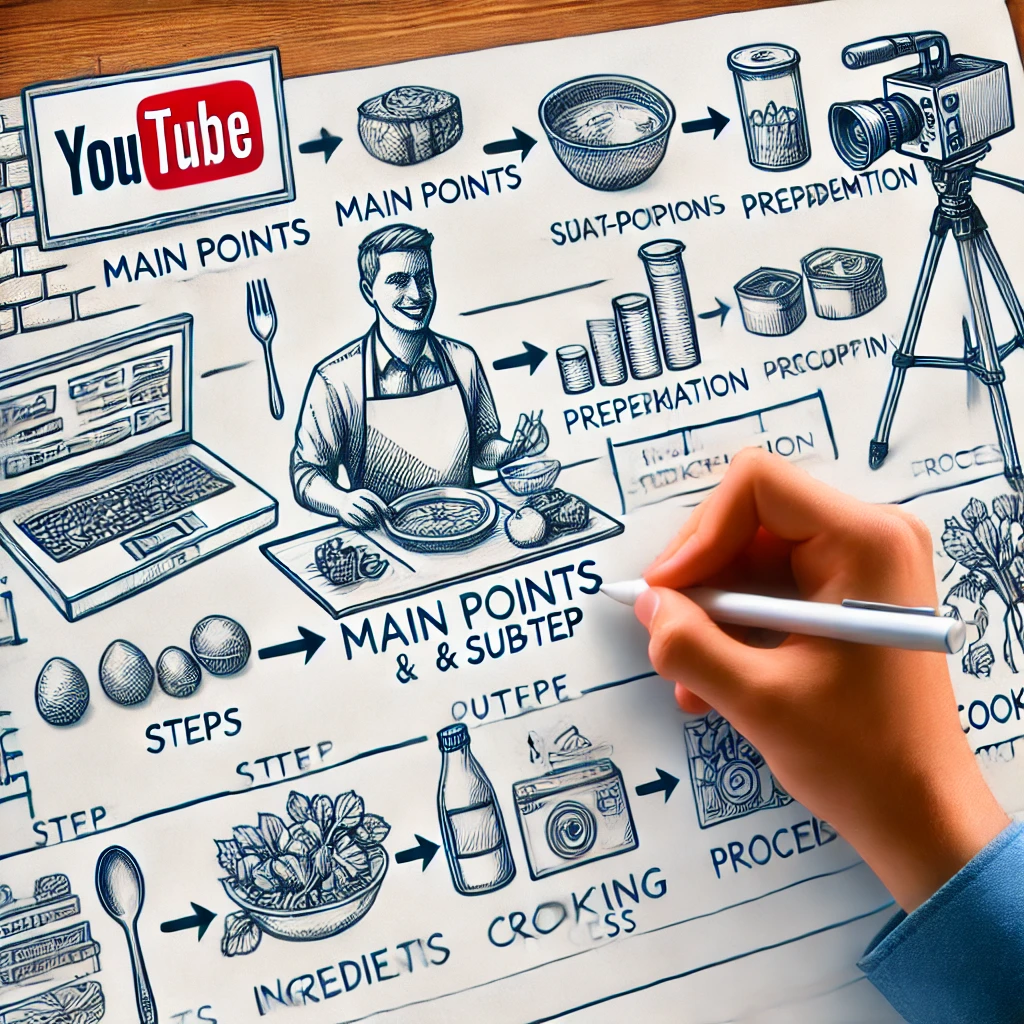
Benefits of a Well-Structured Outline
A well-structured outline helps you stay focused and organized during the filming process. It also makes the editing process smoother and more efficient, improving the overall quality of your YouTube videos.
Add Useful Images, Videos, and Descriptions
The visual aspect of your YouTube video plays a crucial role in capturing and retaining your audience’s attention. Here’s how to enhance your content with compelling images, videos, and descriptions.
Choosing and Adding Images and Videos
The images and videos you use should directly relate to your content. They should be high-quality and visually appealing. You can use stock images or videos, or even better, create your own. Originality often resonates more with viewers. Place images and videos strategically throughout your video to maintain viewer interest. Use editing software to seamlessly incorporate these elements into your video.
Writing Effective Descriptions
Your video description is your chance to provide additional information and context about your video. It should be concise, engaging, and include relevant keywords to boost your video’s visibility. Don’t forget to include a call-to-action, like asking viewers to like, share, or subscribe.
Optimizing Thumbnails
Thumbnails are the first thing viewers see when they come across your video. Make sure your thumbnail is eye-catching and accurately represents your video content. A well-designed thumbnail can significantly increase your video’s click-through rate.
Purposeful Visual Elements
Each visual element you add to your video should serve a purpose. Whether it’s to explain a point, highlight an example, or simply to entertain, make sure it adds value to your viewer’s experience.
Mention Where to Add Screenshots as You Go
Screenshots are a powerful tool in YouTube video creation. They provide visual clarity, emphasize important points, and guide your audience through complex processes.
Importance of Screenshots
Screenshots offer a visual reference that can make your content more engaging and easier to follow. Whether you’re explaining a software feature or showing a step in a DIY project, screenshots can make your explanations crystal clear.
Strategic Placement of Screenshots
Identify the points in your video where a visual aid could enhance understanding. This could be a complicated step in a process, a comparison, or a result. Take a clear, focused screenshot of the relevant screen or step. Make sure it’s high-quality and easy to see. Insert the screenshot into your video at the appropriate time. Ensure it’s large enough to be clear but not so large that it overwhelms the rest of your content.
Effective Use of Screenshots
For making screenshots effective, always ensure they’re clear and easy to understand. Use tools to highlight or annotate important parts. And finally, don’t overdo it. Screenshots are aids, not the main content. Use them sparingly and strategically to enhance your video’s clarity and engagement.
Review Your Outline and Research from the Reader’s Point of View
Reviewing your work is crucial. It helps you spot errors, inconsistencies, or gaps in your content. It’s like being your own first viewer.
Logical Flow
Start by revisiting your outline. Does it flow logically? Does each step lead naturally to the next? If not, rearrange the points until they do. A well-structured video is easier to follow, and that’s what your audience wants.
Accuracy and Reliability
Next, scrutinize your research. Are your facts accurate? Are your sources reliable? If you’re unsure, double-check. Misinformation can damage your credibility and lead to a loss of viewer trust.
Audience Perspective
Consider your audience’s perspective. Is your content relevant to them? Will they find it interesting? If you’re not certain, ask for feedback. Share your outline with a few trusted friends or fellow creators. Their insights could be invaluable.
Continuous Improvement
Look for ways to improve your content. Could you explain a point more clearly? Could you add a real-life example to make a concept easier to understand? Could you inject a bit of humor to make your video more entertaining? Small tweaks can make a big difference. Reviewing your work is not just about spotting errors; it’s about refining your content to make it the best it can be.

Link to Other Resources
Linking to other resources is a crucial step in creating your YouTube video. It adds depth to your content, provides additional information for your viewers, and can even boost your video’s visibility. Here’s how to do it:
Benefits of Linking
Linking to other resources can enhance your video’s value. It can provide your audience with more detailed information, related content, or complementary resources. It also shows that you’ve done your homework and are providing well-researched content.
Choosing Relevant Links
Not all links are created equal. Choose resources that are relevant to your video’s topic and beneficial to your audience. These could be articles, studies, other YouTube videos, or even products and services related to your content.
Strategic Placement
Add links in the right places. YouTube allows you to add links in your video description, as well as in cards and end screens within your video. Use these features to guide your viewers to the additional resources.
Descriptive Text
When adding links, use descriptive text rather than generic phrases like “click here.” This helps your viewers understand what they’re clicking on and why it’s valuable.
Testing Links
Always test your links to ensure they’re working correctly and leading to the right place. Broken links can frustrate viewers and harm your credibility.
Enhancing Content
Linking to other resources isn’t just about filling space. It’s about enhancing your content, providing value to your audience, and building a network of information. So, choose your links wisely, and make

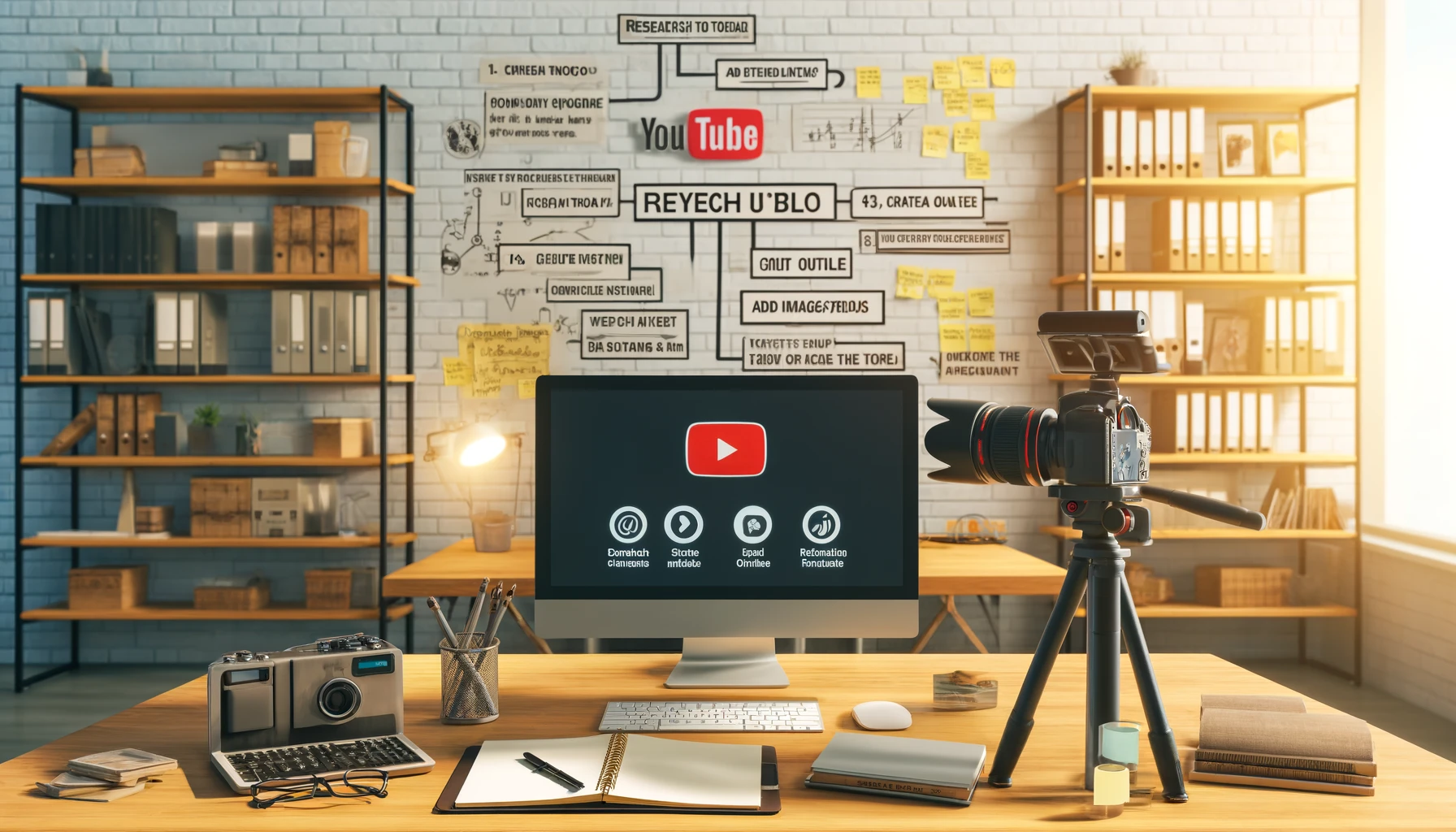

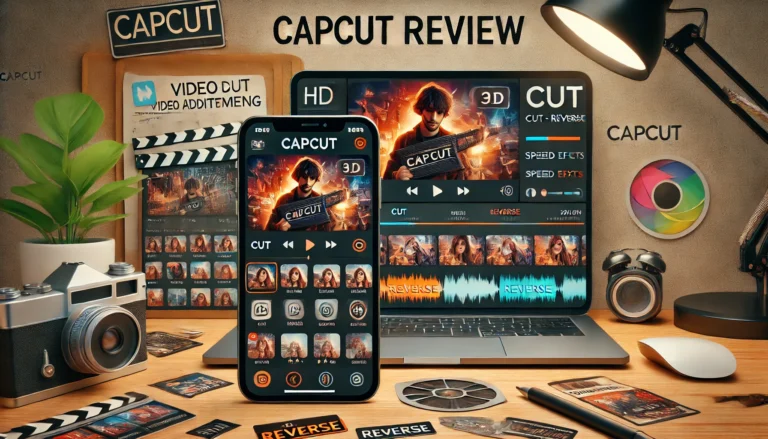
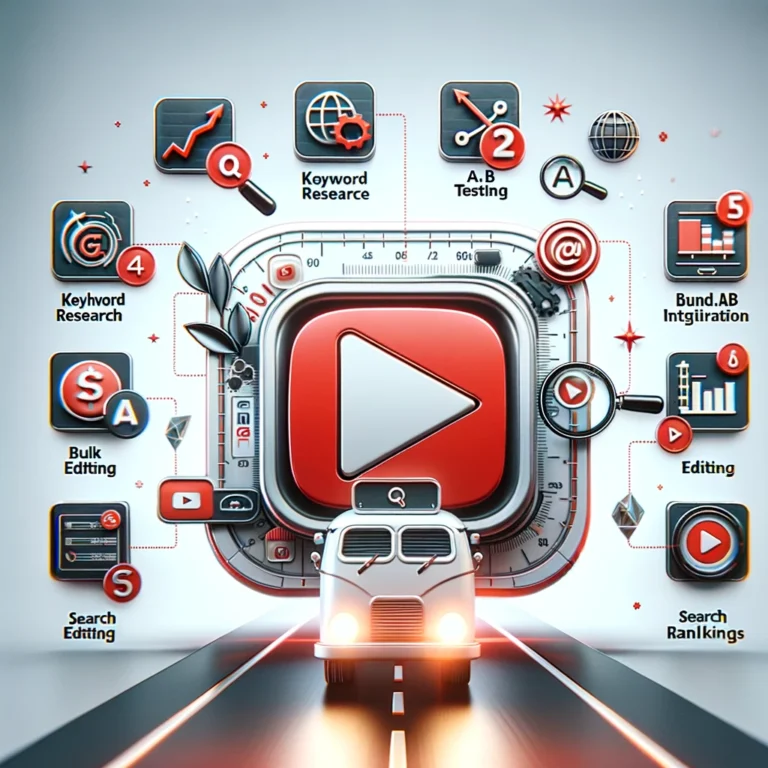
Pingback: Benefits of AI for Business Ultimate 2024 - Rank Rise Tech